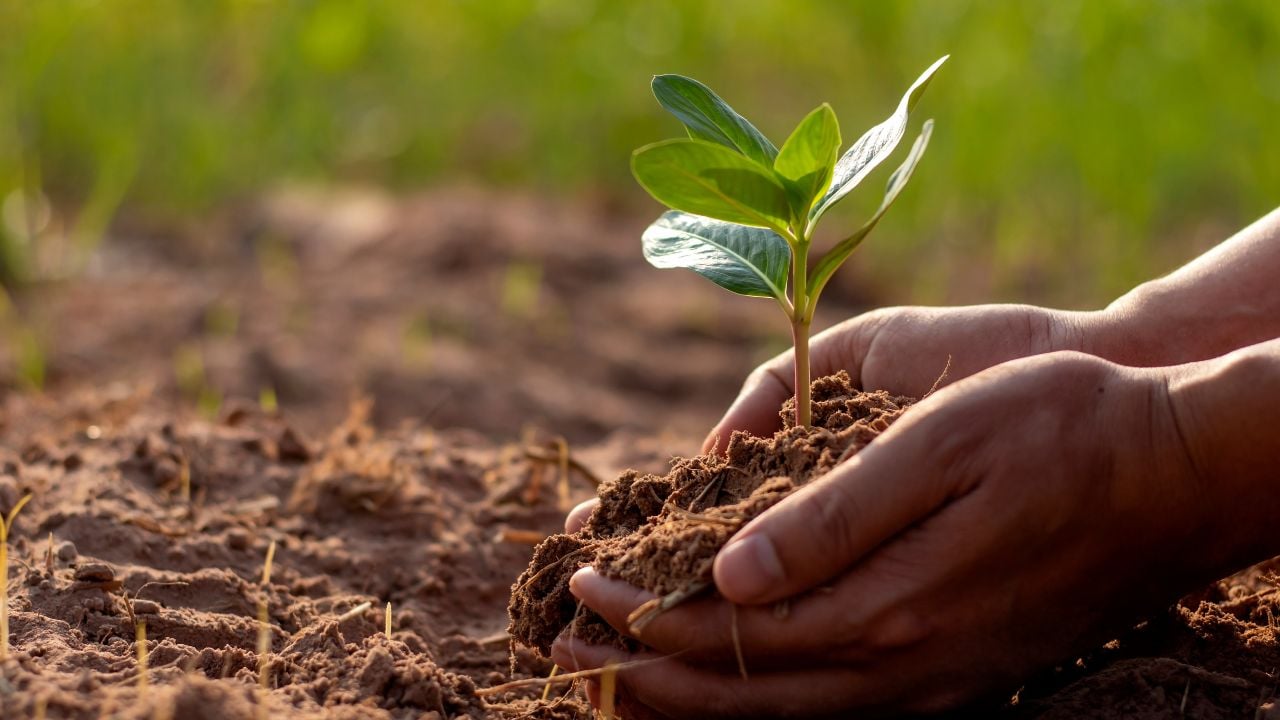Blog
Featured Posts
Read Blogs for Your Industry
Featured, Nanobubbles, Sustainability
Read More
Farmers are using nanobubble technology to improve water quality, increase crop yields, reduce inputs like fertilizers and chemicals, enhance soil health, and increase water use efficiency. Our blogs cover topics like soil health, irrigation water, biofilm and disease reduction and more.
-
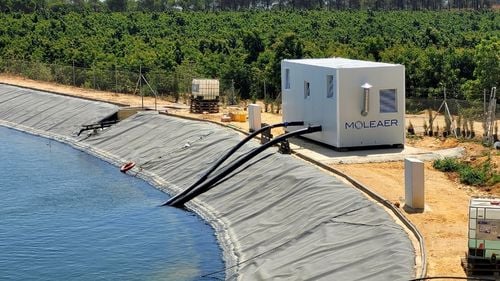
Improve Water Quality in Irrigation Reservoirs for Healthier Crops
Unpredictable weather patterns and droughts are on the rise. According to the USDA's U.S. Drought Monitor, dry conditions in the western states during the...
April 30, 2024
-
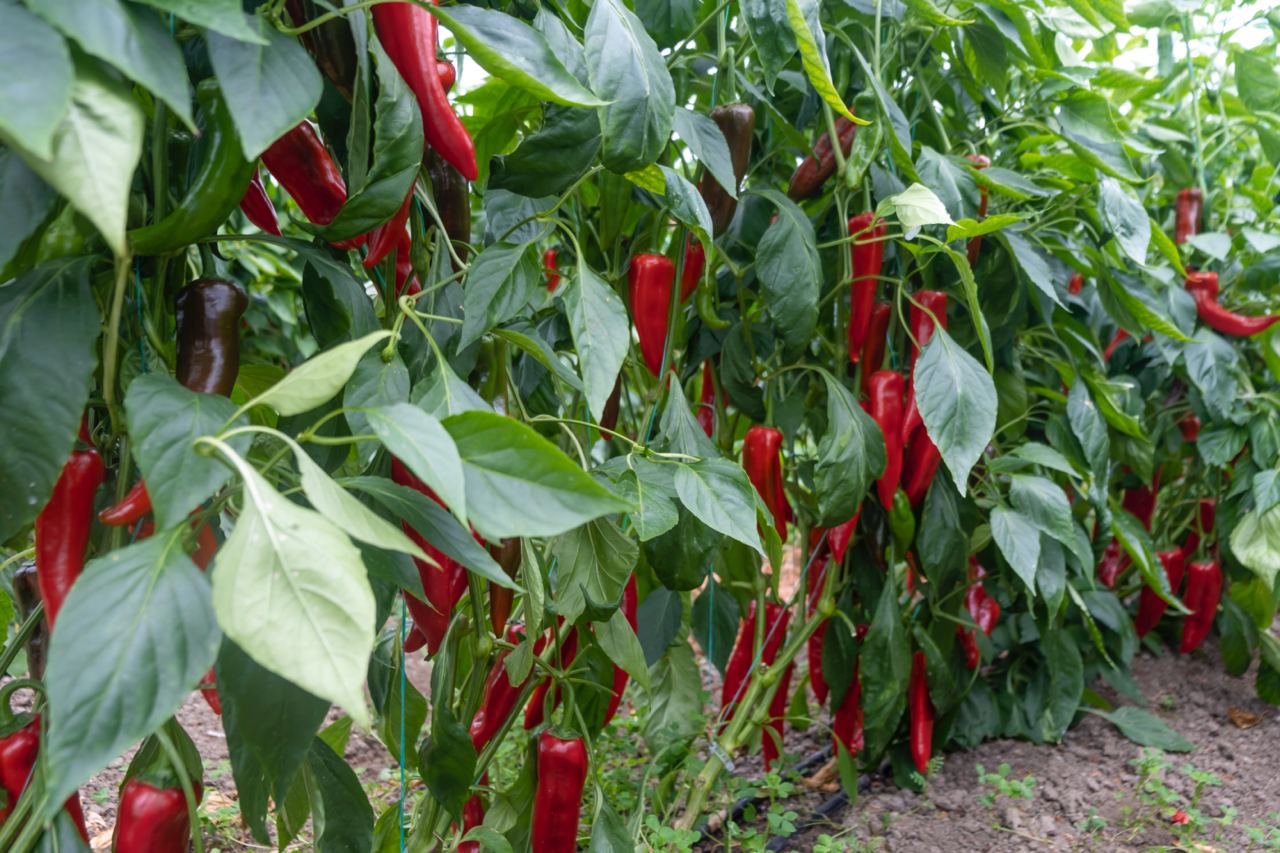
Maximizing Crop Yields with Nanobubbles
Irrigation Efficiency Strategies in areas with frequent droughts and high temperatures As the effects of climate change become more apparent, the agricultural...
November 7, 2023
-
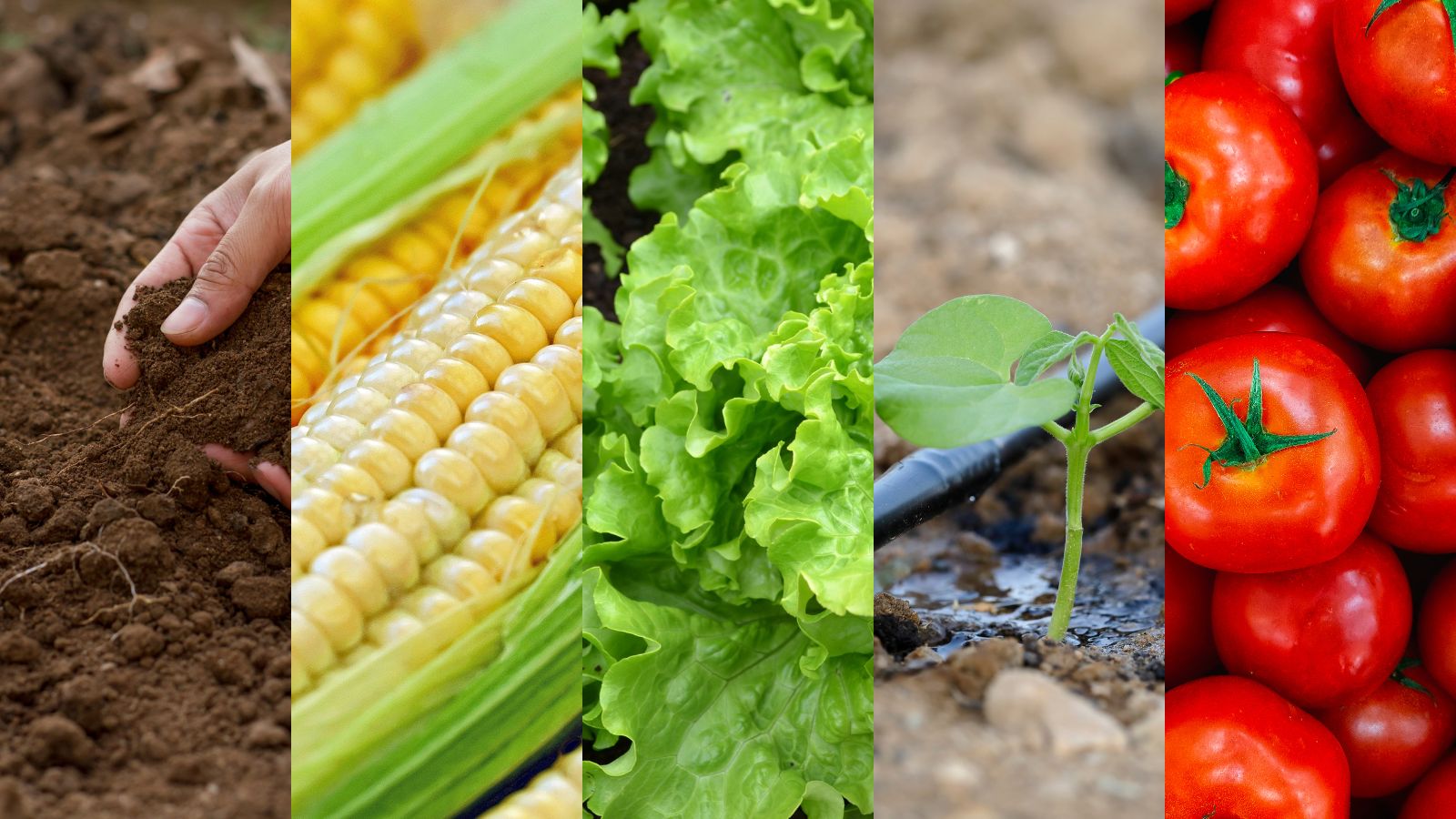
Nanobubble agtech research: recent findings in agriculture
Research by third-party institutions shows the positive effects of oxygen nanobubble-enriched irrigation water.
October 25, 2023
-
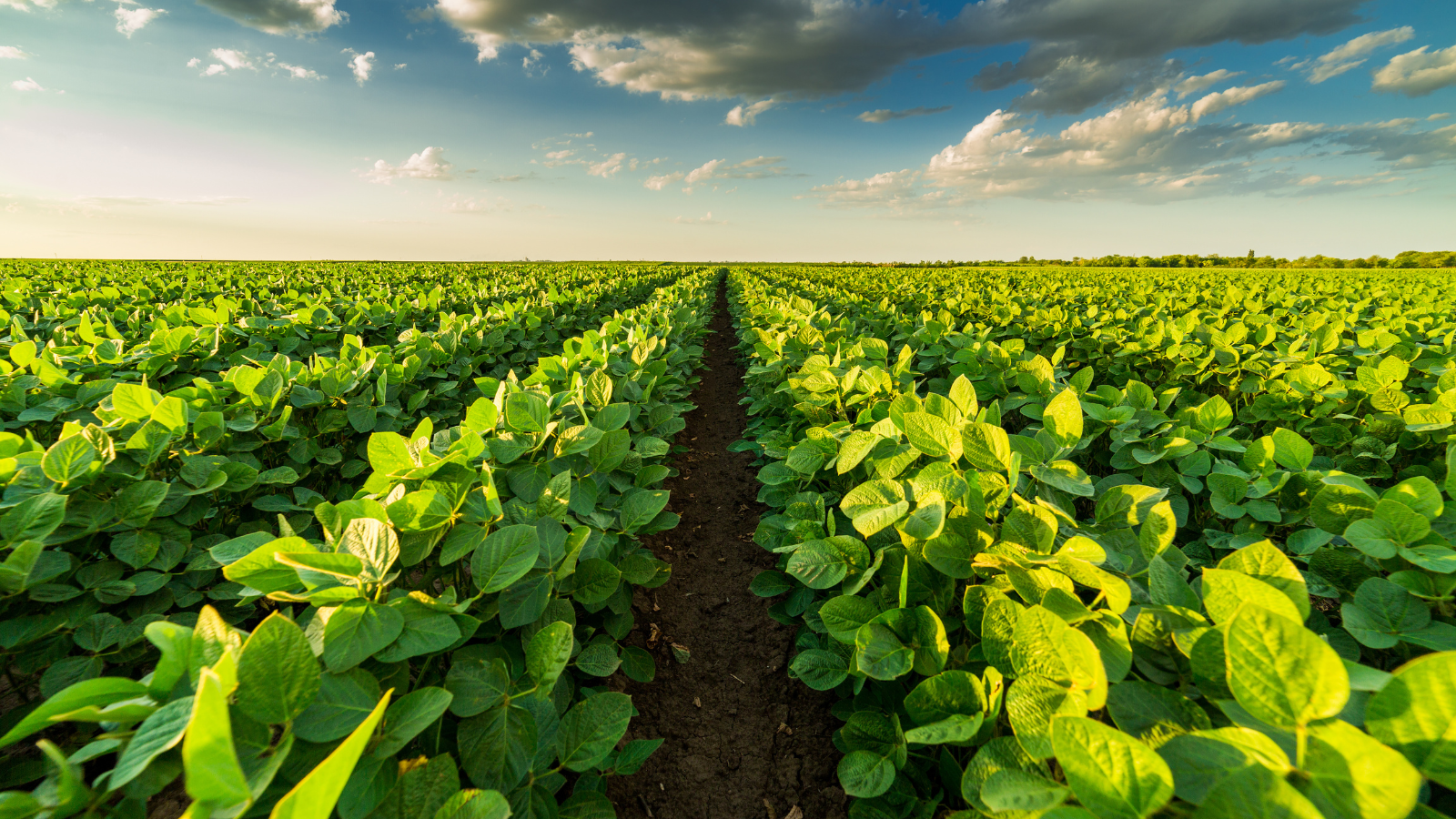
How Nanobubble Technology Helps Growers with Sustainable Agriculture
Irrigation is an ancient practice with roots in the Near East dating back to at least the 6th millennium B.C. And while irrigation significantly improves crop...
October 10, 2023
Discover how aquaculture companies can achieve unparalleled improvements in fish farming, including oxygen transfer efficiency, rearing water quality, and feed conversion ratios at the lowest total cost with Moleaer nanobubble solutions.
-
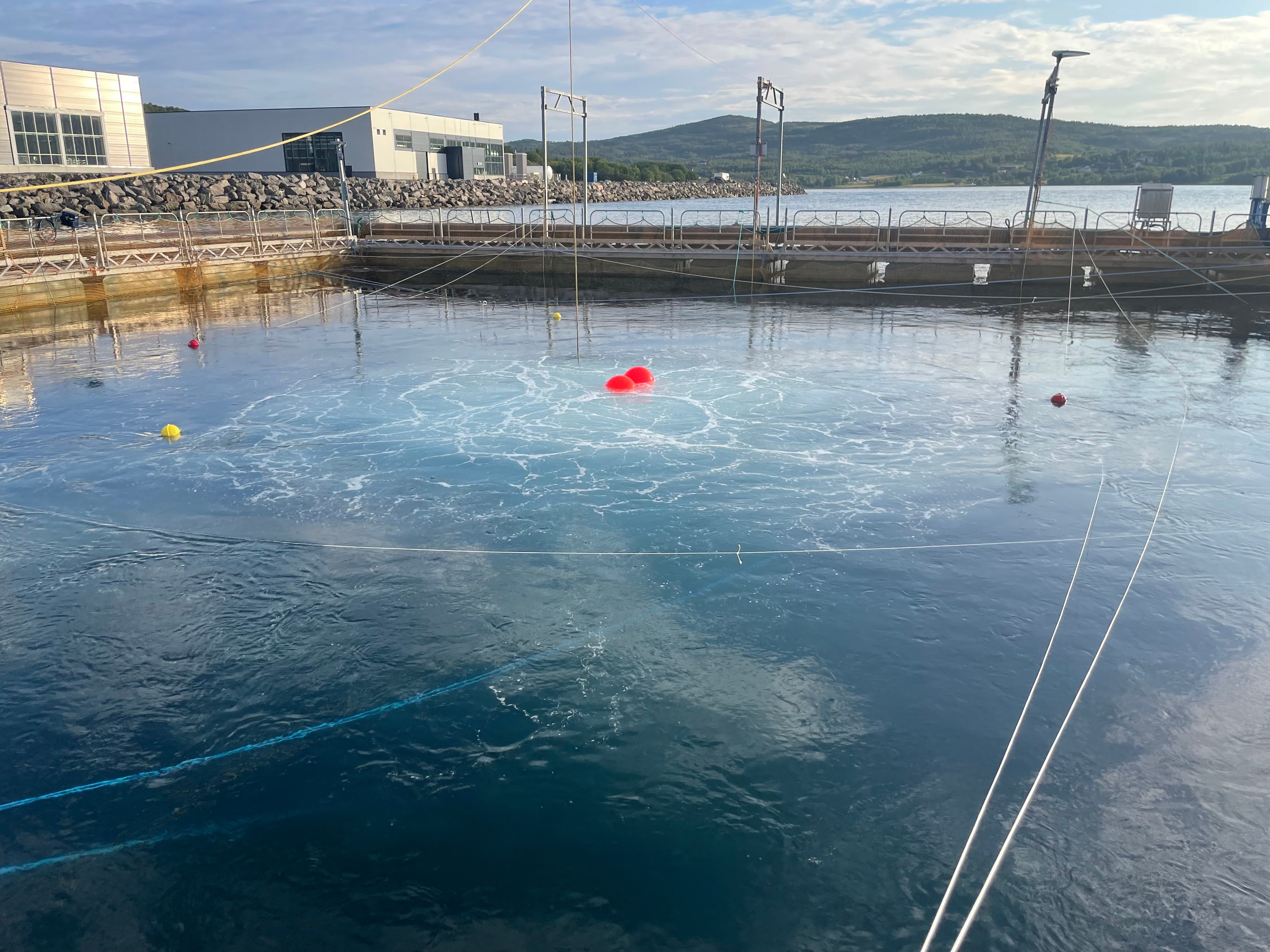
How Two Leading Aquaculture Producers Improved Holding Operations With Nanobubble technology
Optimizing Fish Welfare and Oxygenation Fish welfare is top of mind for every aquaculture operator — especially during holding, just before fish are sent for...
May 29, 2025
-
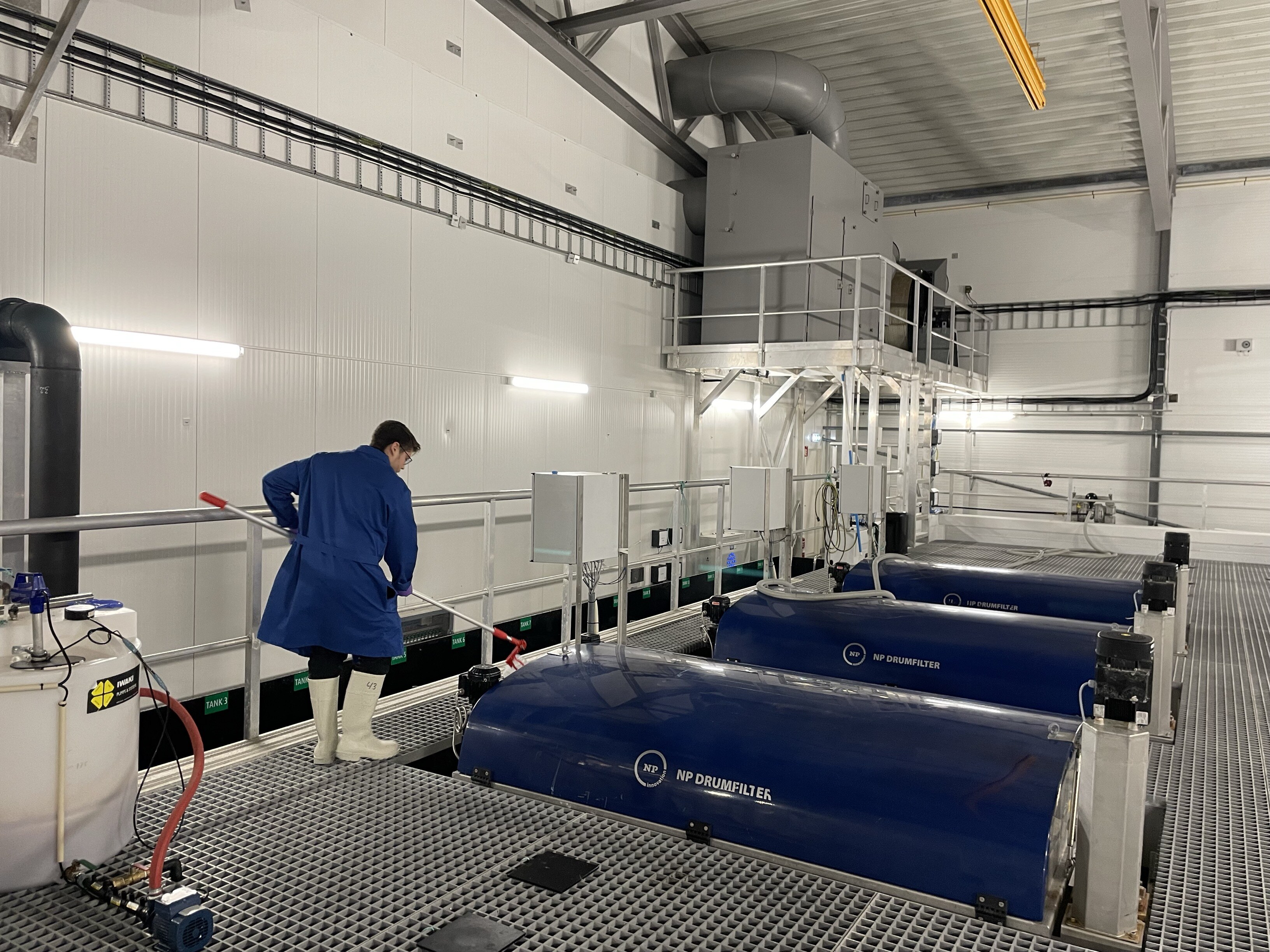
How Nanobubbles are Transforming Water Quality and System Efficiency in RAS
By: Pål Mugaas Jensen, editor at Landbased AQ. Article originally published in Norwegian.
November 22, 2024
-
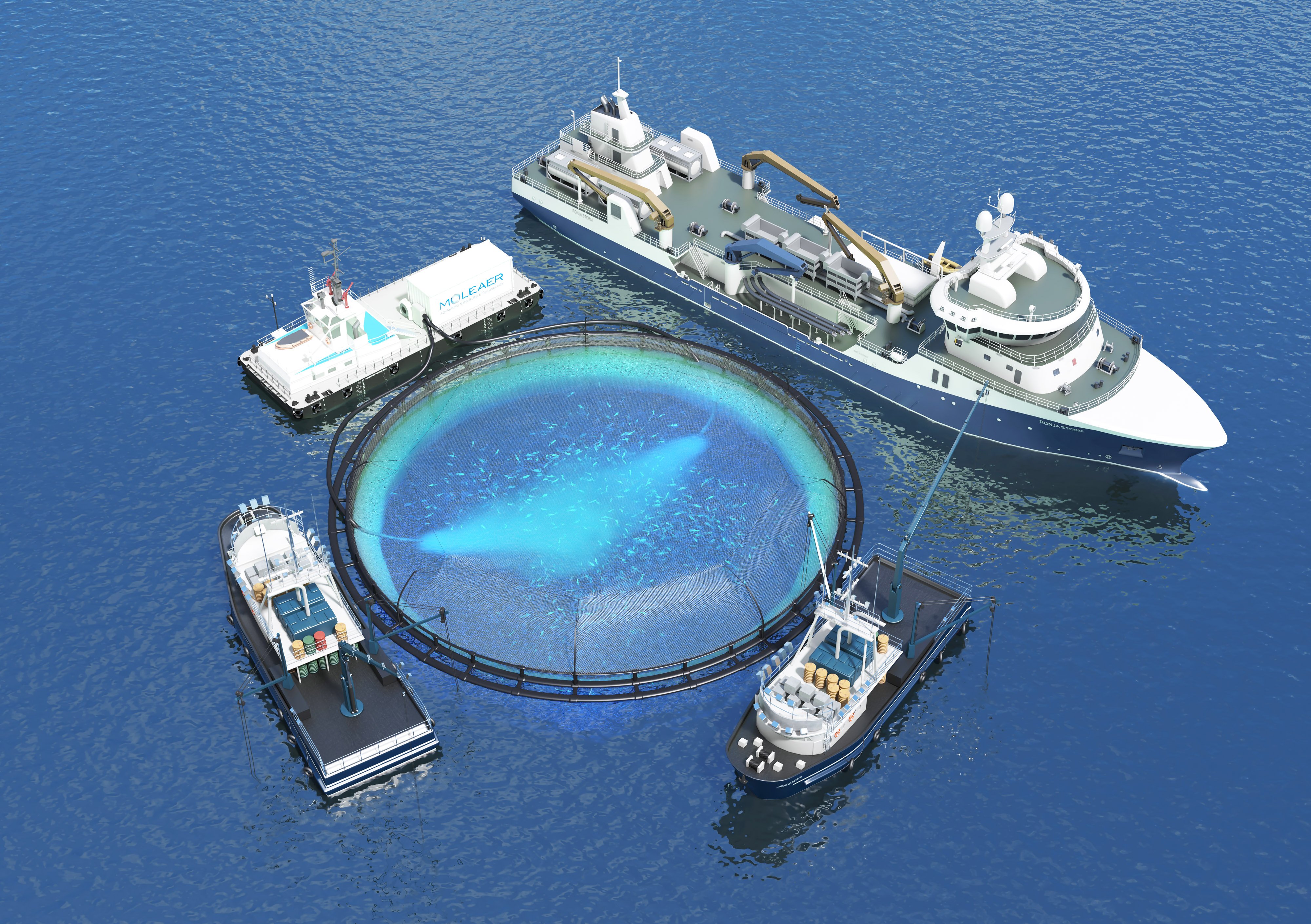
Nanobubble Technology Helps with Oxygen Supplementation in Aquaculture
A Case Study with Beitveit Holdings, a Norwegian Delousing Company
November 19, 2024
-

Nanobubble Technology Helps with Oxygen Supplementation in Aquaculture
A Case Study with Beitveit Holdings, a Norwegian Delousing Company What is Delousing & Why is Oxygen Critical? During delousing, the fish are tightly...
November 18, 2024
Greenhouse vegetable, leafy green, fruit and ornamental growers are seeking sustainable and chemical-free ways to improve their crop yields. Nanobubble technology helps growers improve irrigation water quality in tanks and reservoirs to support healthy crops and improve yields. Learn how you can reduce biofilm and disease pressure while improve crop health with nanobubble technology by reading our blogs.
-
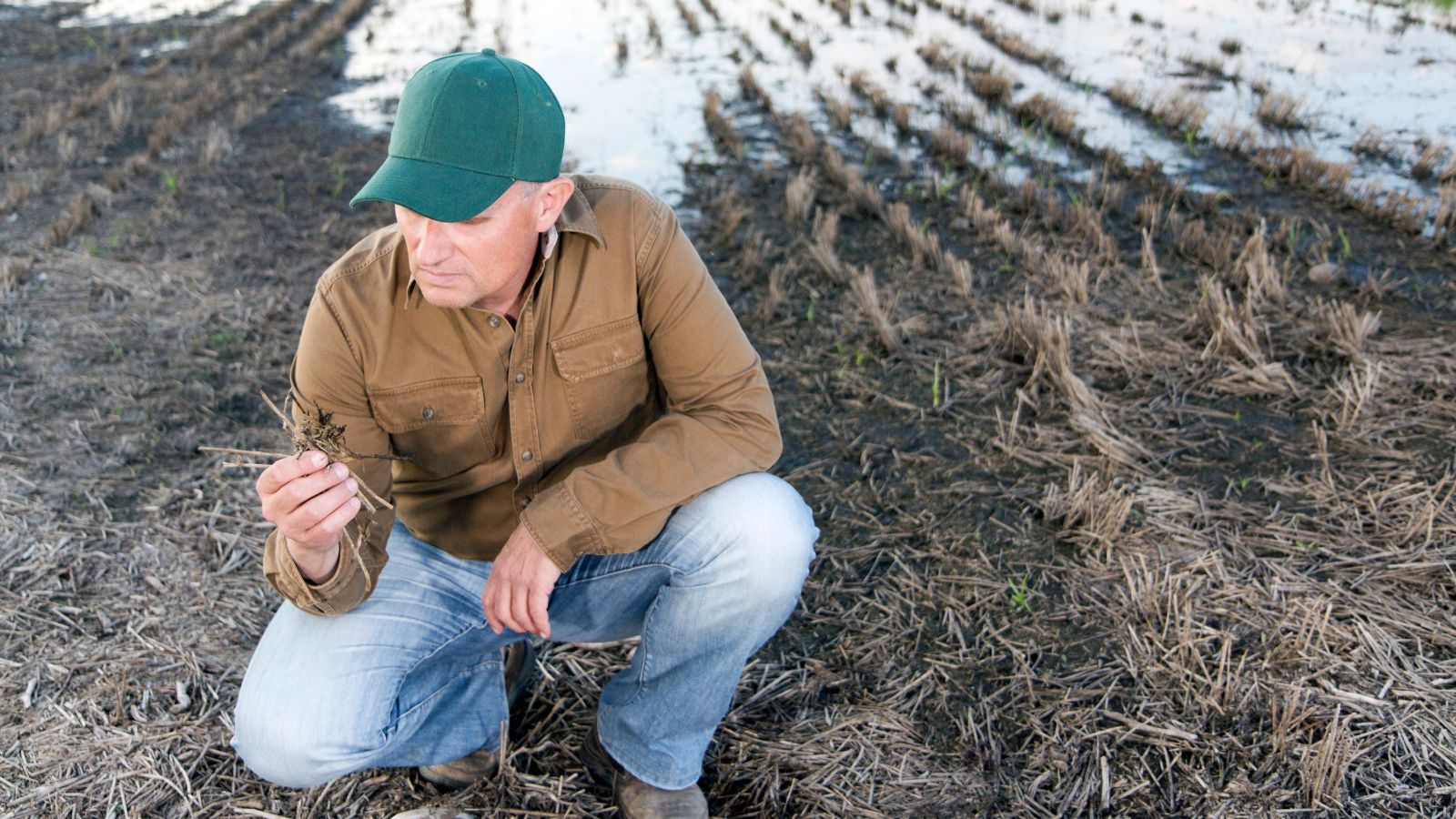
Unlocking the Secrets of Root Hypoxia: Common Challenge in Tree Farming
What is Root Hypoxia and How Does it Impact Orchards? Root hypoxia is a condition that occurs when the root system of a plant experiences inadequate oxygen...
March 19, 2024
-
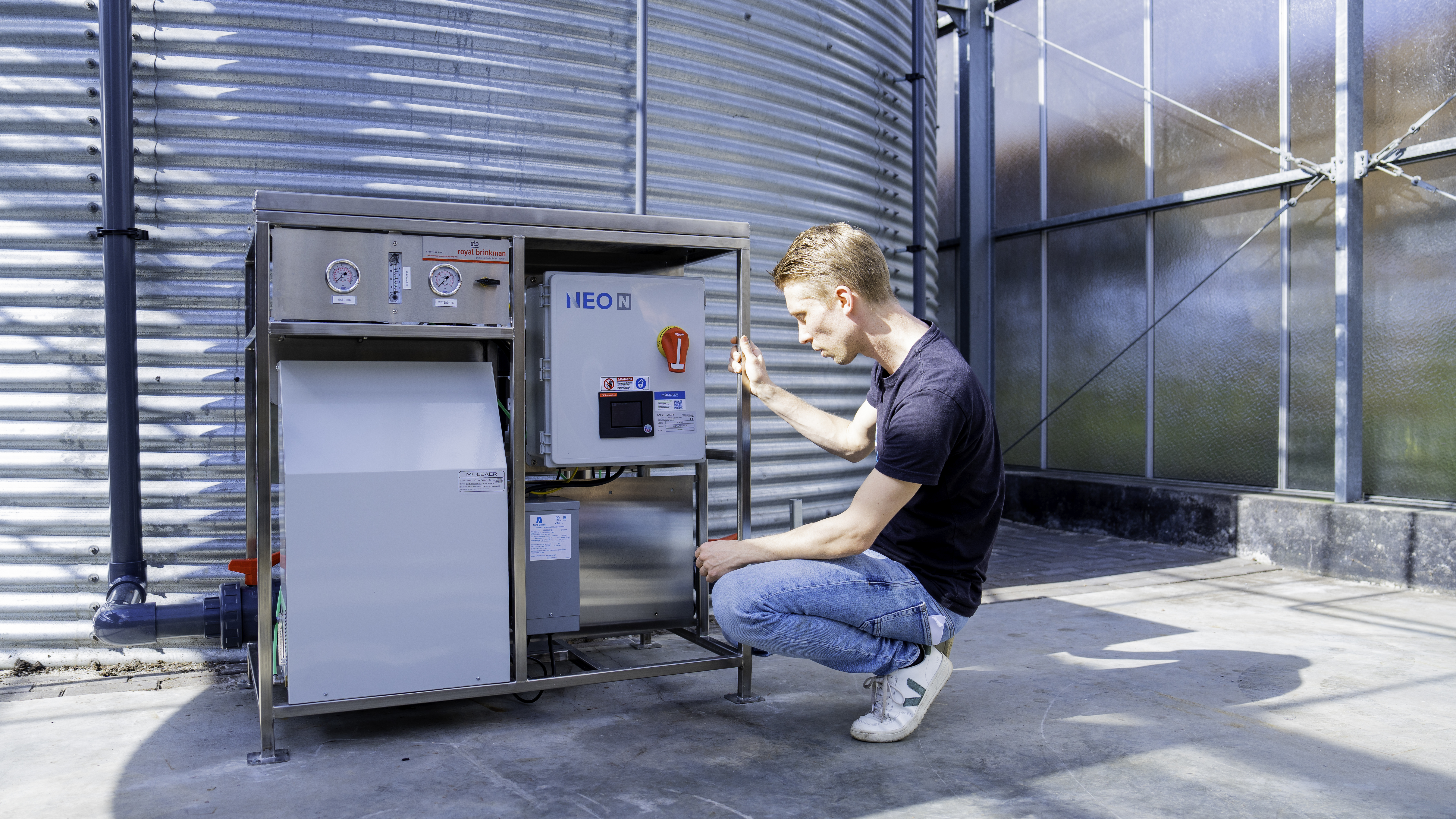
Growing Better with Nanobubbles: Greenhouse Technology in Horticulture
Horticulture doesn’t come without challenges. As we’ve seen in the news, despite the best intentions, no grower can be sustainable if they can’t stay in...
January 18, 2024
-
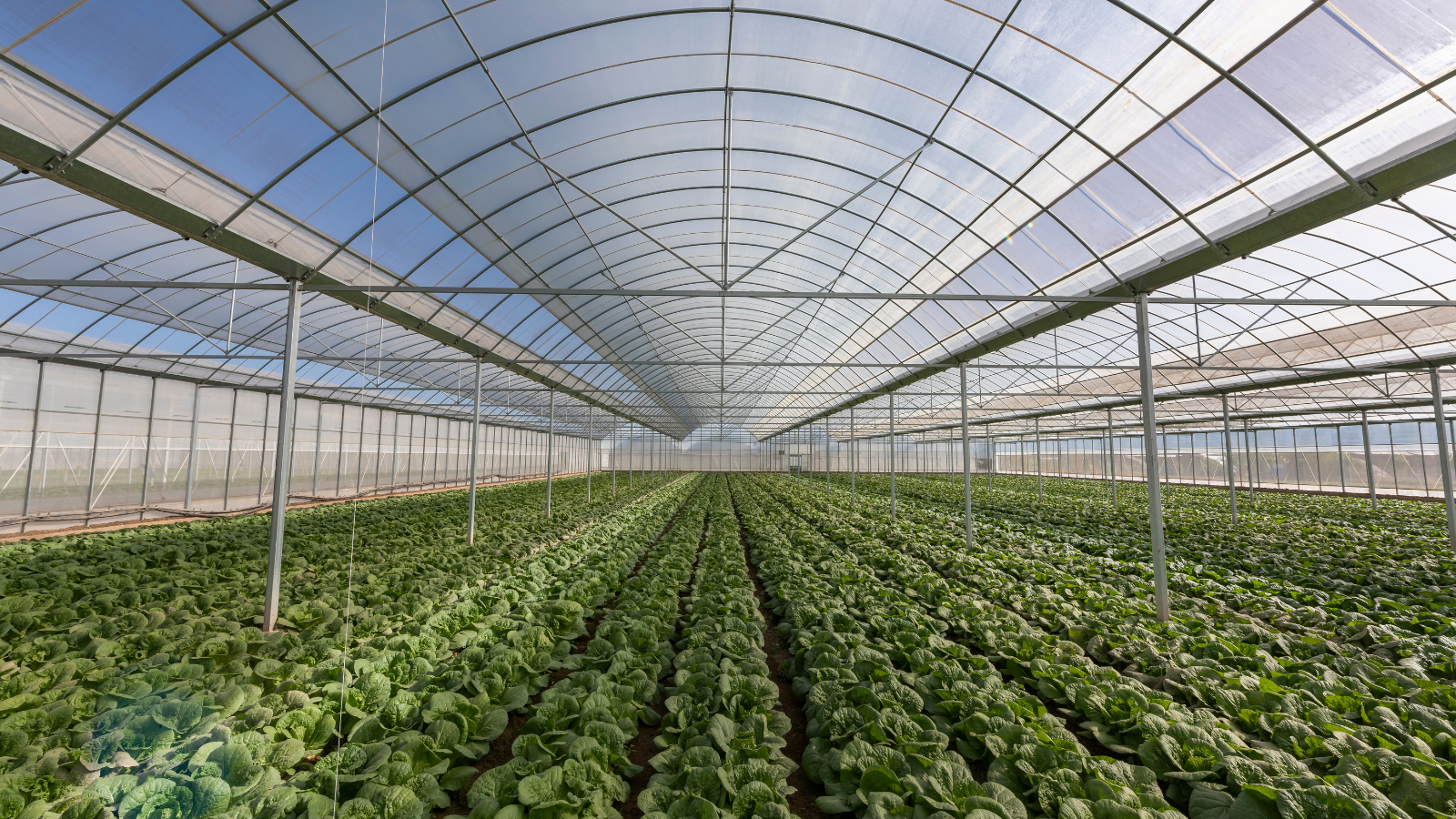
Horticulture Integrated Pest Management with Nanobubble Technology
How improving water quality with nanobubbles helps growers achieve healthier, more profitable crops
November 14, 2023
Want to dive deeper into the science of nanobubbles? These blogs cover a variety of topics in nanobubble technology, sharing peer-reviewed research and tools for measuring nanobubbles.
-
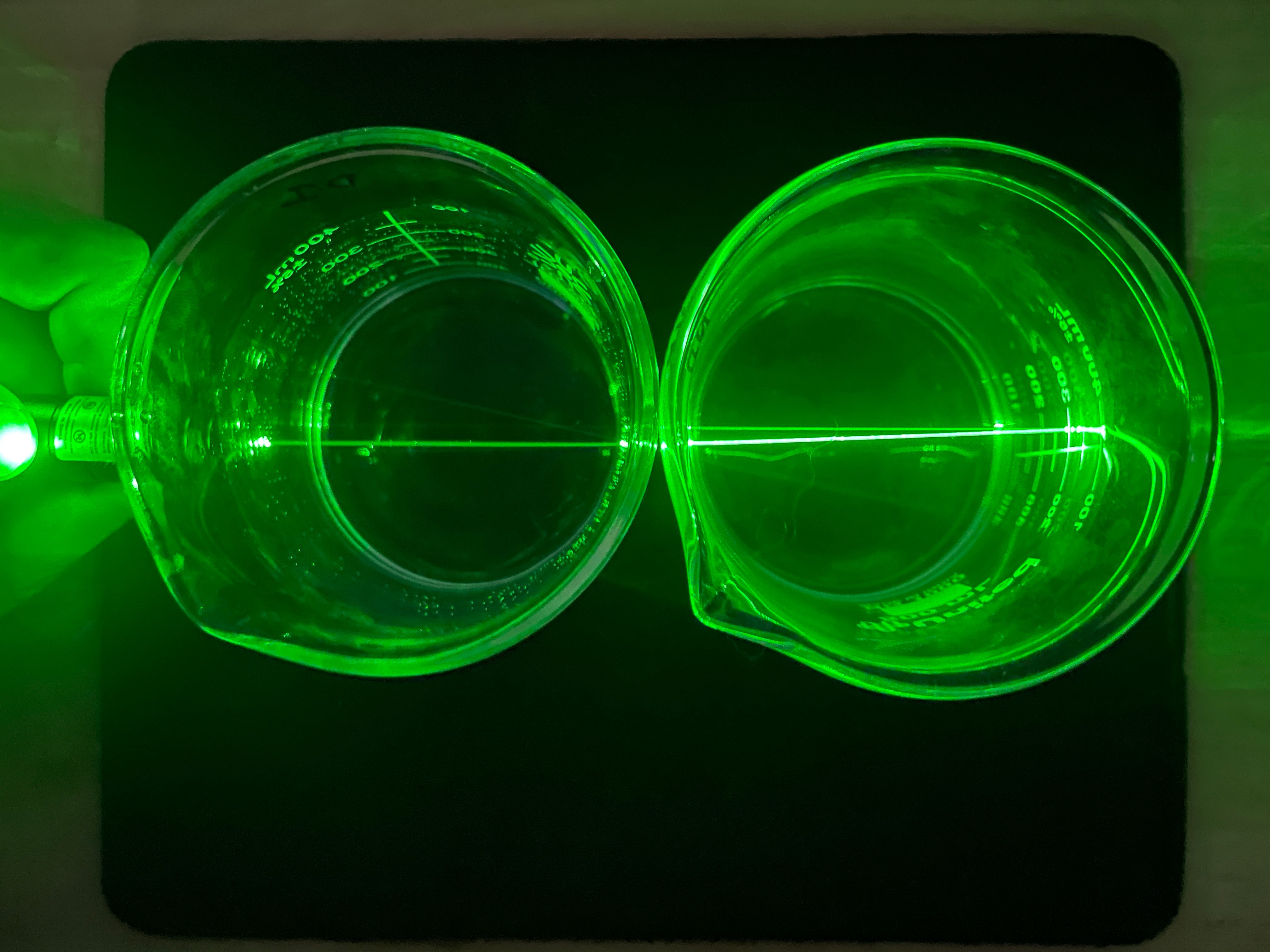
How to Measure, View and Study Nano-Sized Bubbles
What are Nanobubbles? Most scientists categorize nanobubbles as bubbles that are around 100 nanometers in diameter, and Moleaer considers bubbles less than 200...
April 26, 2023
-
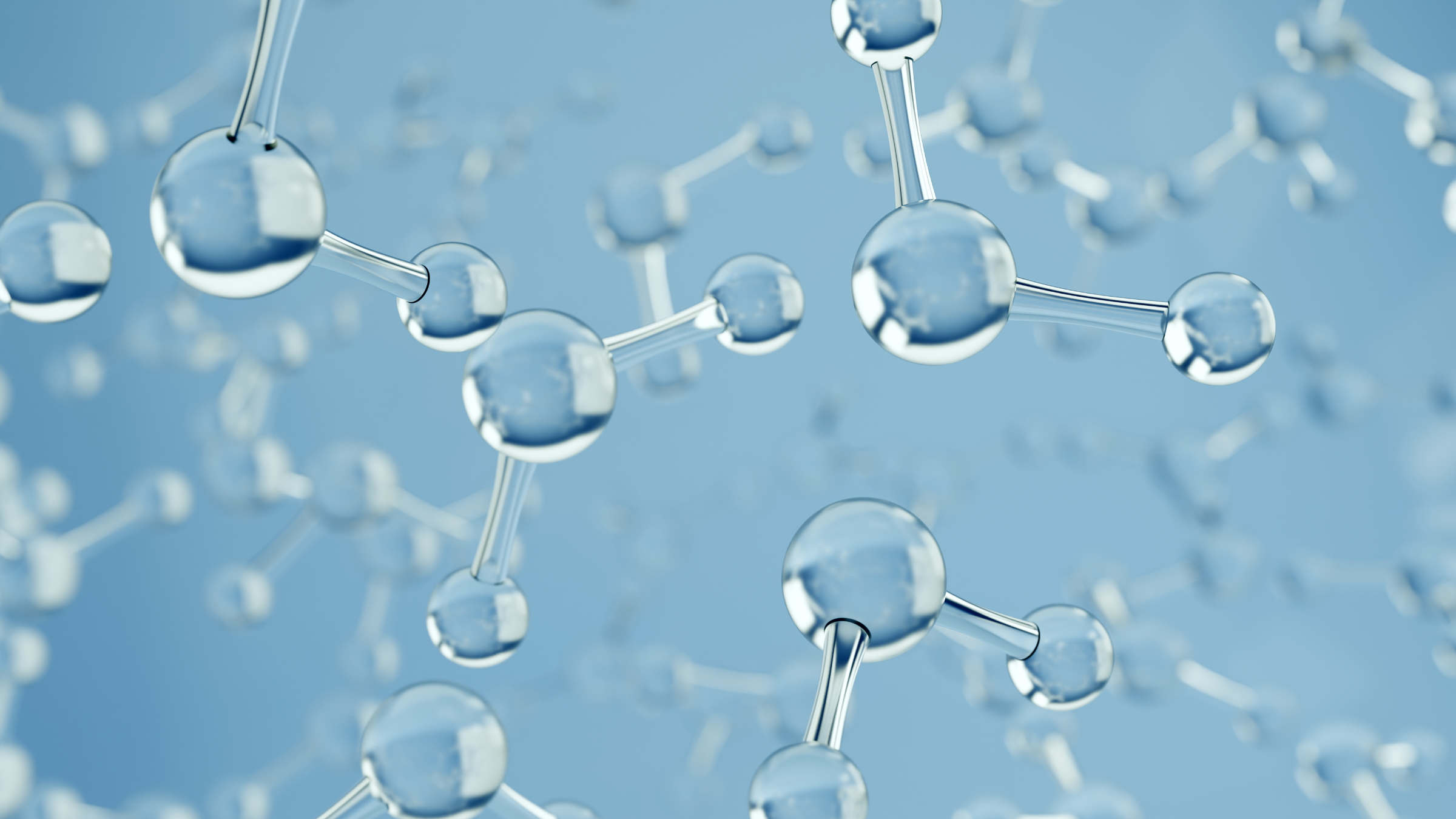
The Power of Ozone Nanobubbles
By: Christian Ference, Moleaer Global Product Manager At Moleaer, we’refocused on solving some of the most pressing challenges across industries, from...
April 9, 2025
-
.jpg)
Chlorinated Chicken Debate Returns: What’s Next for Food Safety?
Why food processors are moving beyond chlorine – and how that shift is opening the door to new disinfection strategies across the food industry By: Leah...
April 16, 2025
-

Seeing the Unseen: Revealing the Presence of Nanobubbles with Light
Moleaer Science Lab Nanobubbles are incredibly small – less than 200 nanometers in diameter, which makes them invisible to the naked eye. So, how do we prove...
March 10, 2025
Moleaer's clean-air chemistry helps improve wastewater treatment performance and reduce costs in both industrial and municipal wastewater treatment. Read our blog to discover the unique power of Moleaer's nanobubble technology and see how you can unlock the benefits in your plant.
-
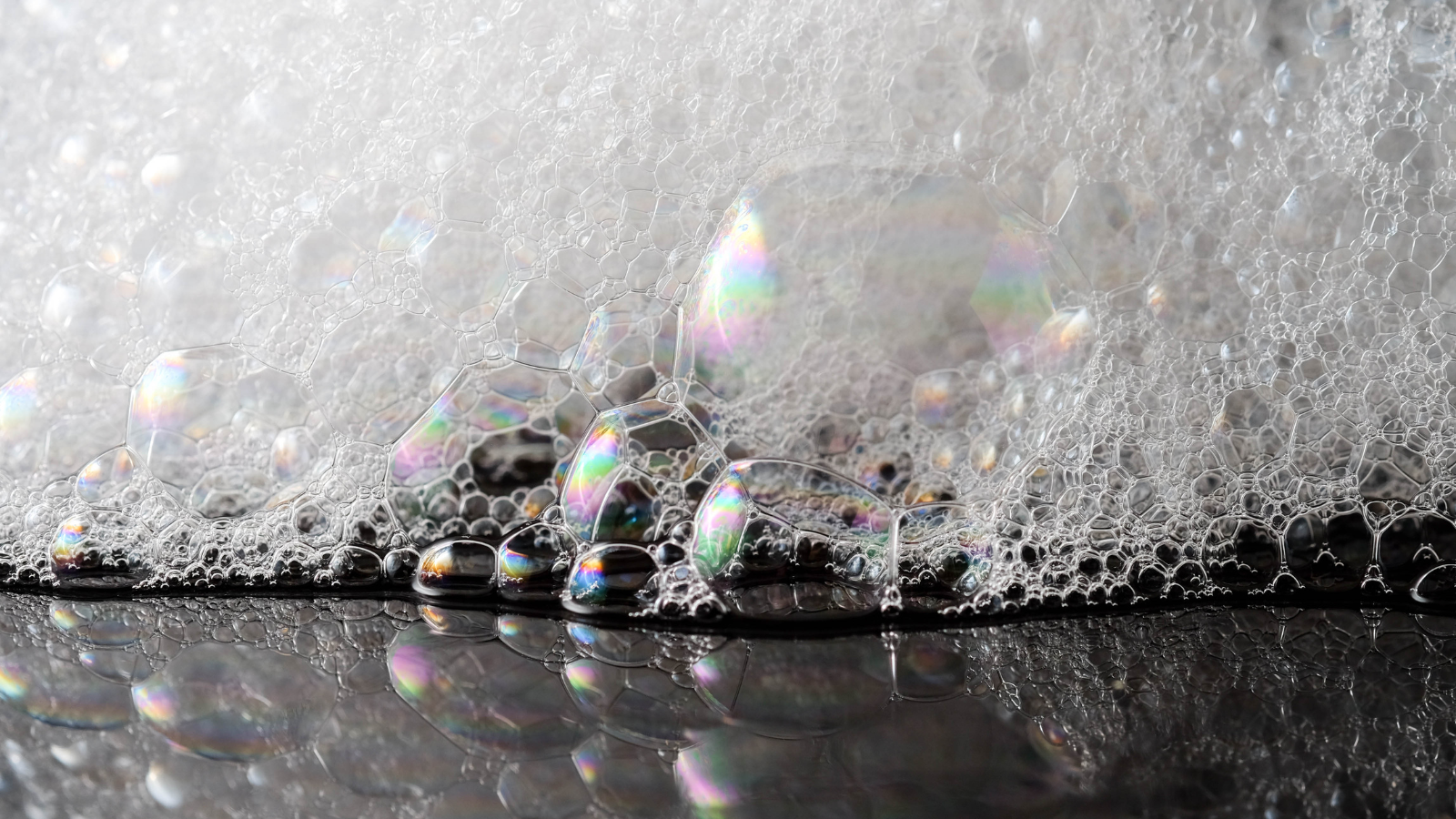
Understanding Surfactants: The Science Behind Soaps and Detergents
Unveiling the Chemistry of Surfactants: How Soaps and Detergents Work Liquid soaps, detergents, degreasers and disinfectants or antimicrobials all contain...
May 28, 2024
-

The Impact: How Surfactants Inhibit Wastewater Treatment Efficiency
Did you know surfactants and other inhibitory compounds commonly found in wastewater treatment plants are causing serious problems? Until recently, there...
January 30, 2024
-

How Nanobubble Pretreatment Helped a Wastewater Facility Restore Nitrification
How Nanobubble Pretreatment Helped a Massachusetts Wastewater Facility Restore Nitrification and Achieve Nitrogen Compliance Wastewater treatment facilities...
November 14, 2025
-
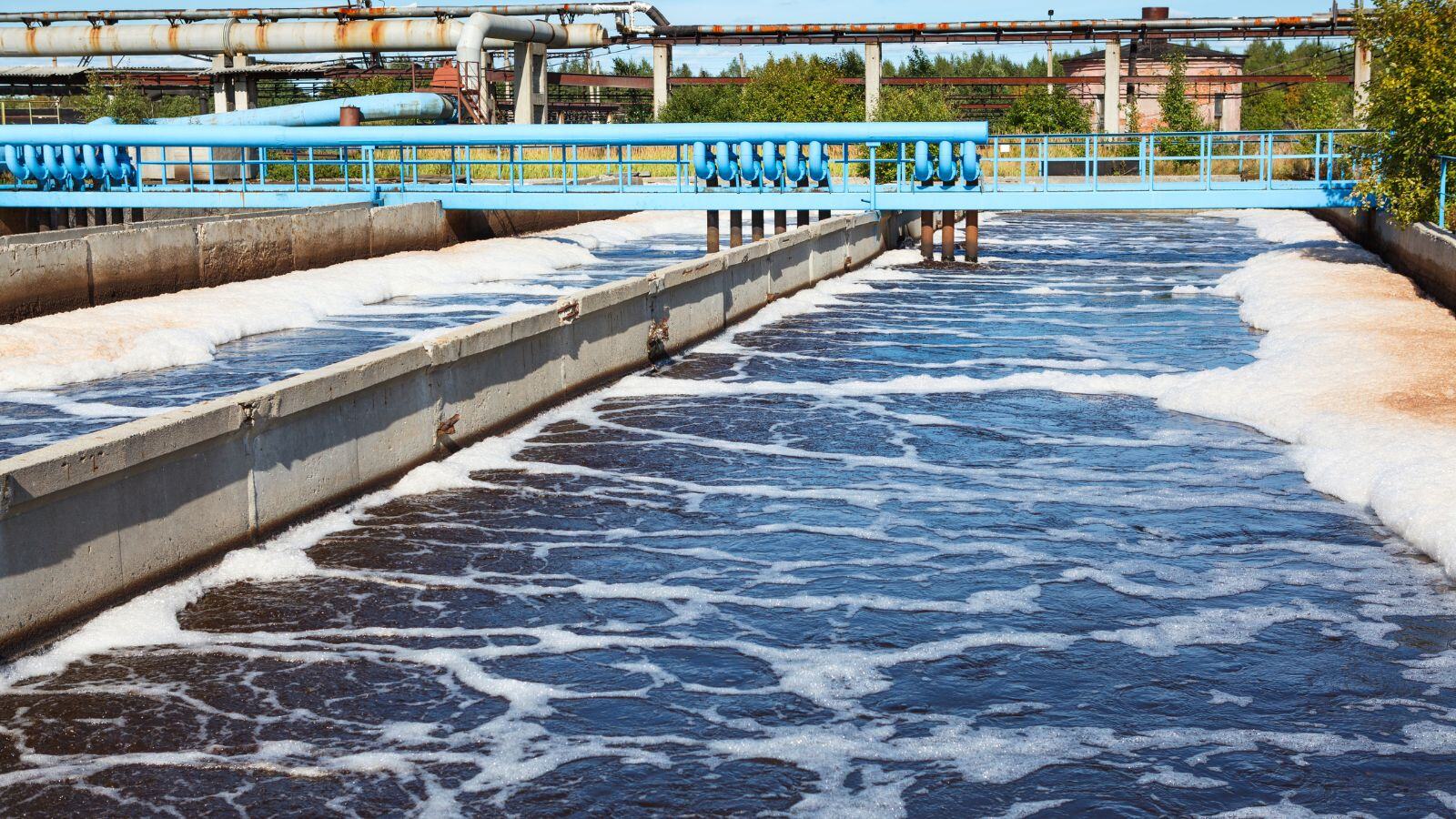
The Impact of Surfactants & Disinfectants on Wastewater Treatment
Wastewater treatment facilities play a crucial role in safeguarding public health and preserving environmental integrity. However, wastewater and water...
May 14, 2024
Nanobubble technology is a restorative tool for lake managers and owners to improve water quality and target the root cause of common problems like muck, algae, excessive nutrients and more. Moleaer’s technology can also scale to large water remediation projects to help reduce algae, improve water quality and eliminate H2S formation. Read our latest blogs to learn more.
-
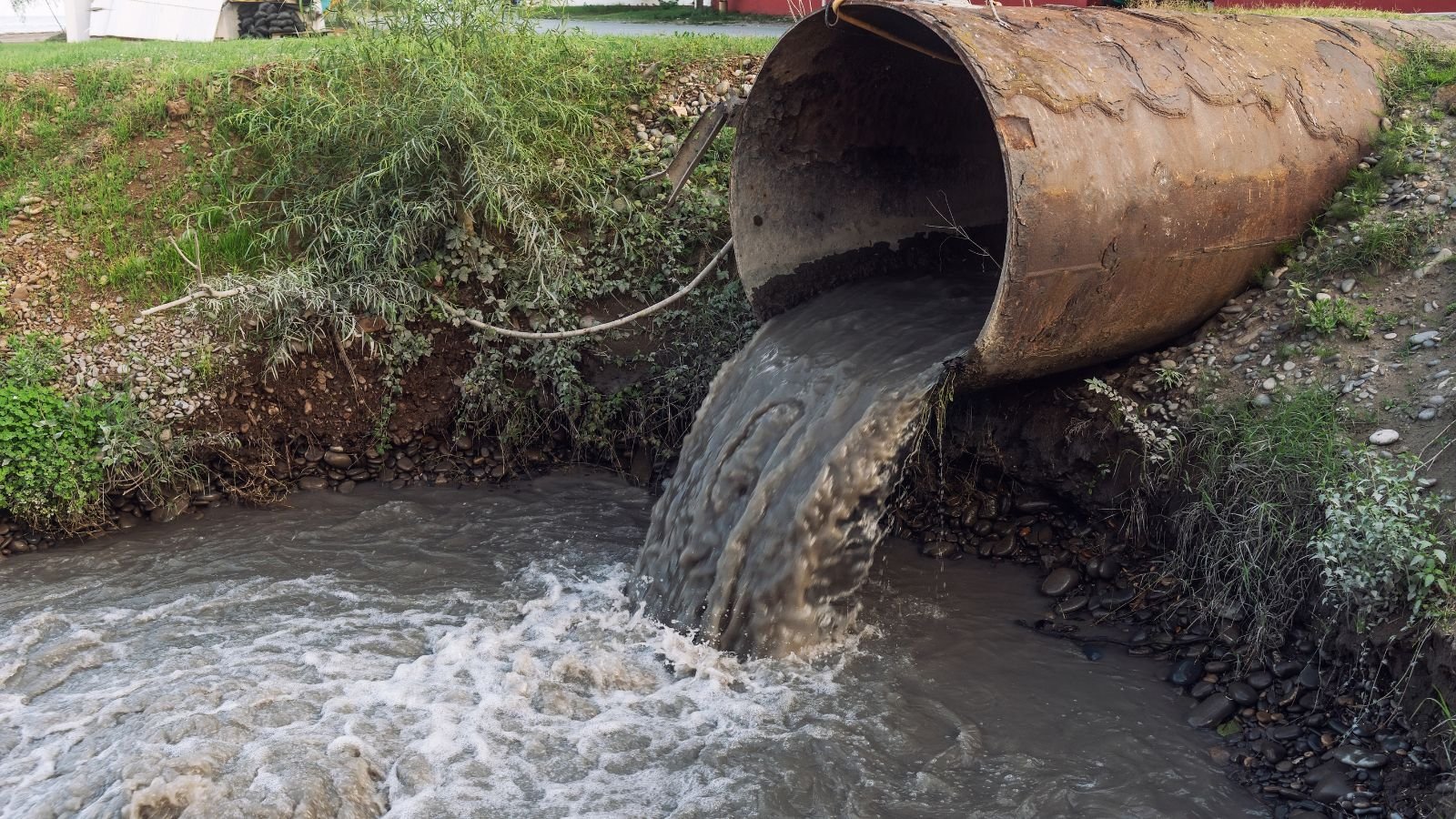
Water Pollution: Causes, Effects, and Solutions
Water pollution is one of the most pressing issues facing humanity–and one that affects everyone on Earth. Water surrounds us and makes the world livable. We...
April 16, 2024
-
.jpg)
What are the Causes of Water Pollution?
Water, Water Everywhere? Water is a basic building block of life on earth. People, animals, plants, and ecosystems depend on it for their existence. Keeping...
June 18, 2024
-
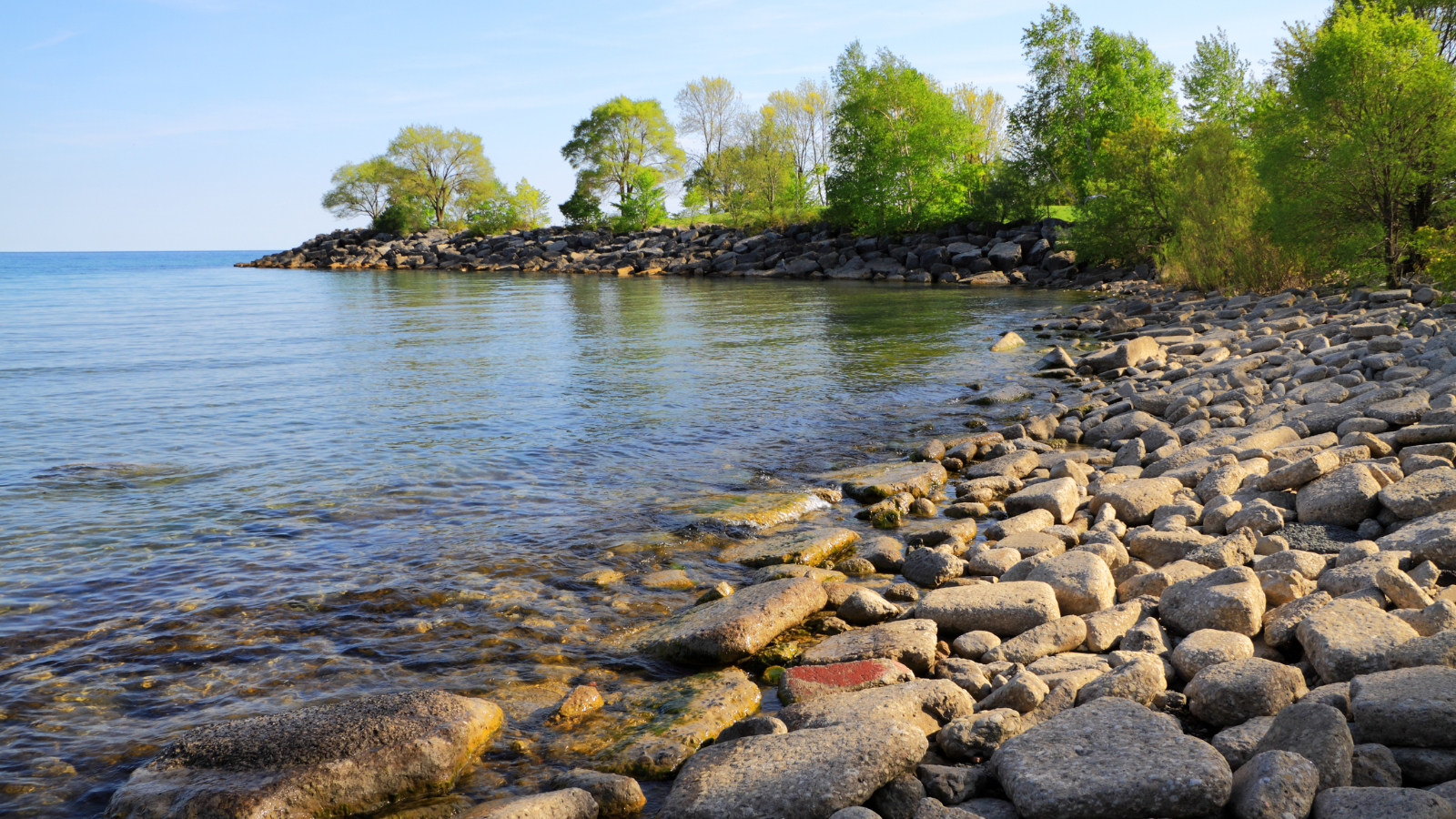
Controlling Lake Pollution: Understanding the Source
Looking at an image of the earth covered by a fathomless breadth of blue water, it might be tempting to relax.
December 12, 2023
-
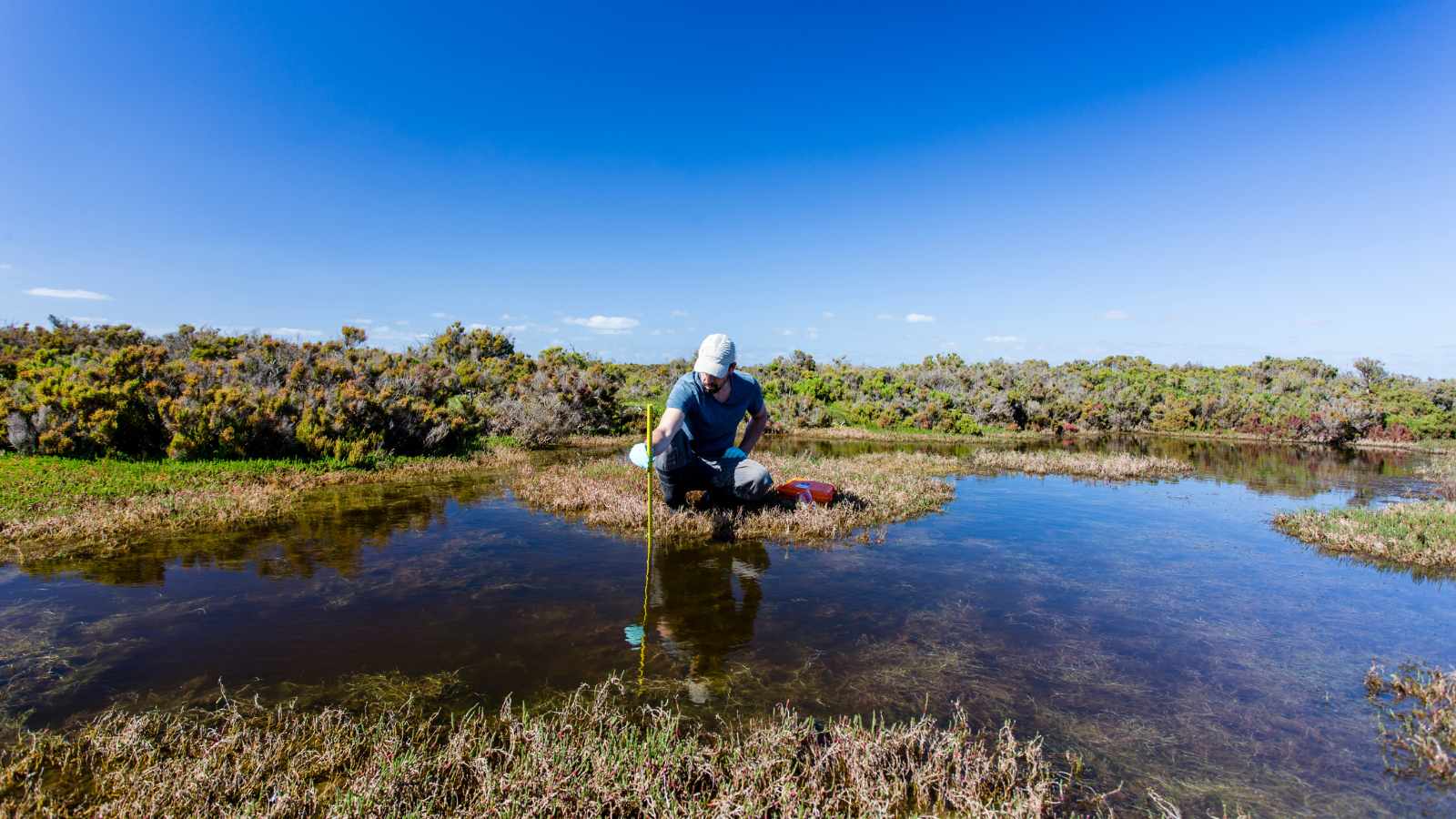
What is Oxidation-Reduction Potential (ORP) for Lakes?
Oxidation-reduction potential (ORP), commonly called Redox, is a measure of the tendency of a solution to either gain or lose electrons. Simply, it’s the...
May 17, 2023
